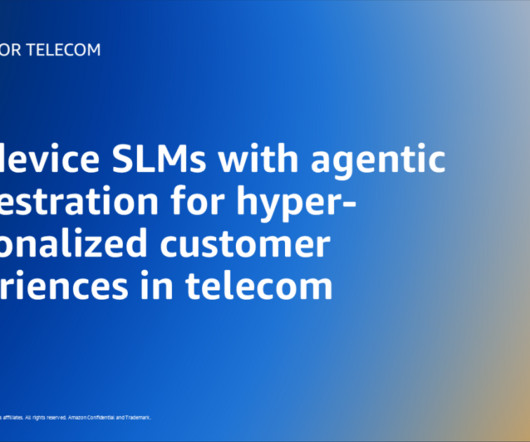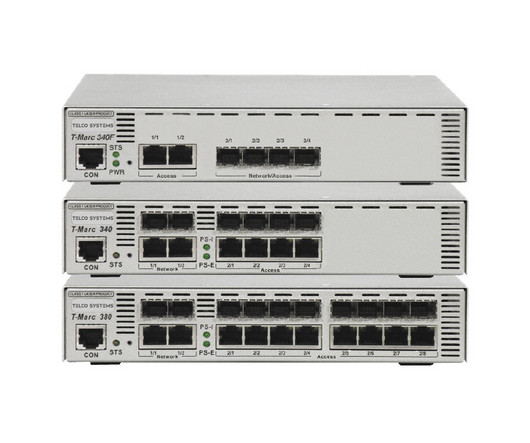No SIM Slot? Why the World Is Moving to eSIM Faster Than You Think
Telecom Talk
JUNE 18, 2025
Understanding the eSIM An eSIM is a programmable SIM that is embedded directly into the device’s hardware during manufacturing. Operational Efficiency for Telcos : eSIM reduces logistics costs by eliminating the need for physical SIM cards, distribution networks, and store-based activations. Advantages of eSIM Adoption in 2025 1.






















Let's personalize your content